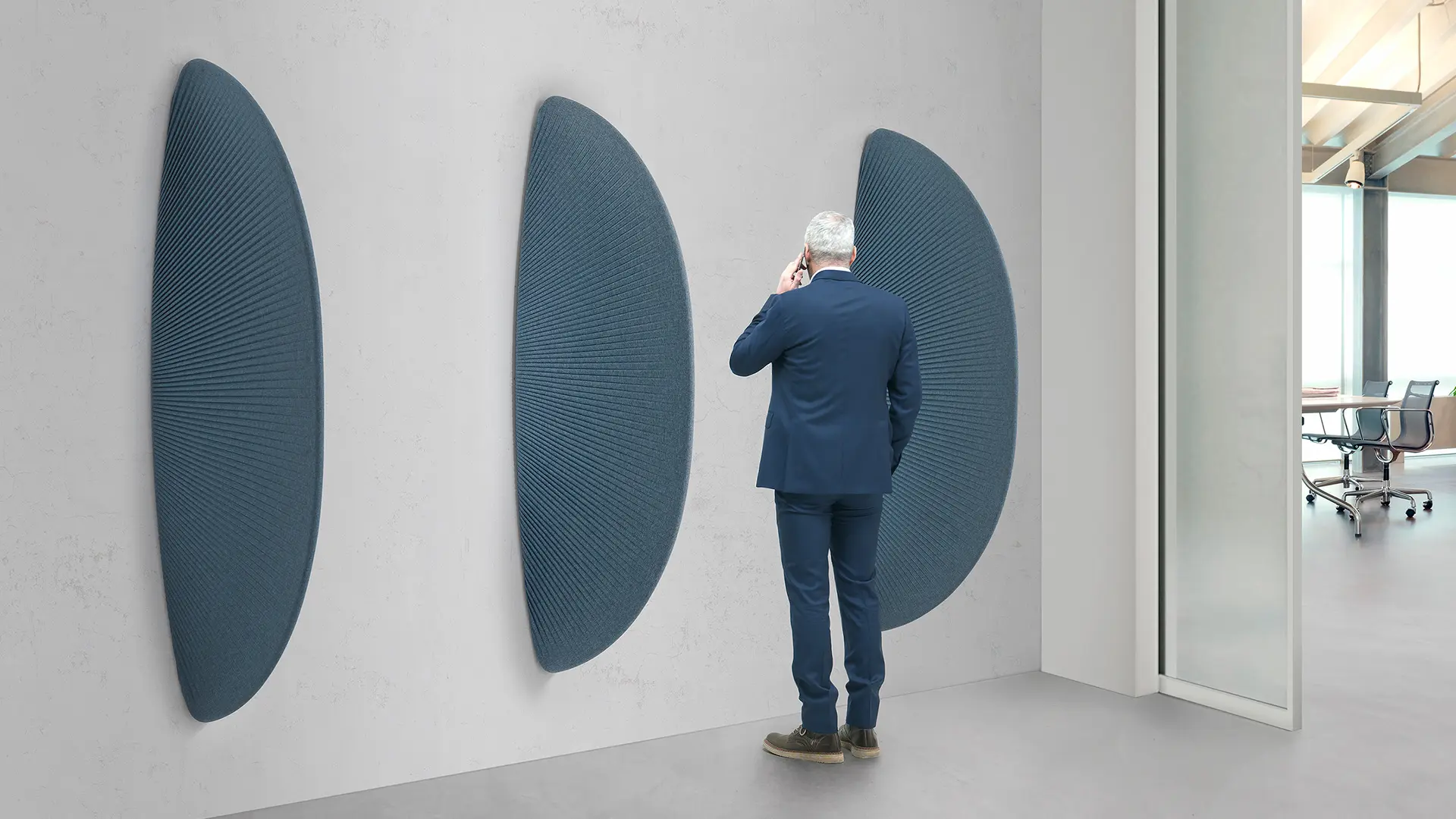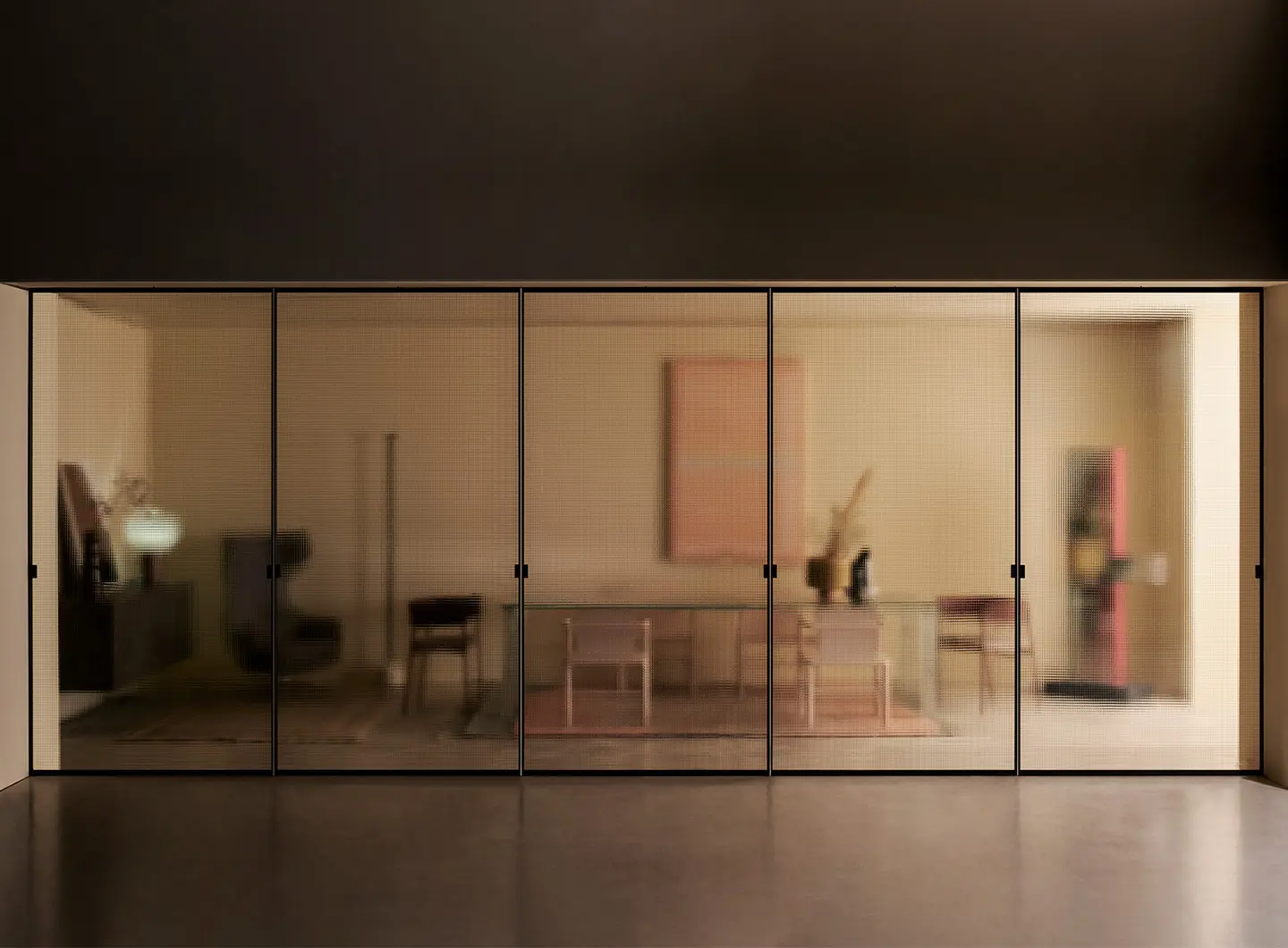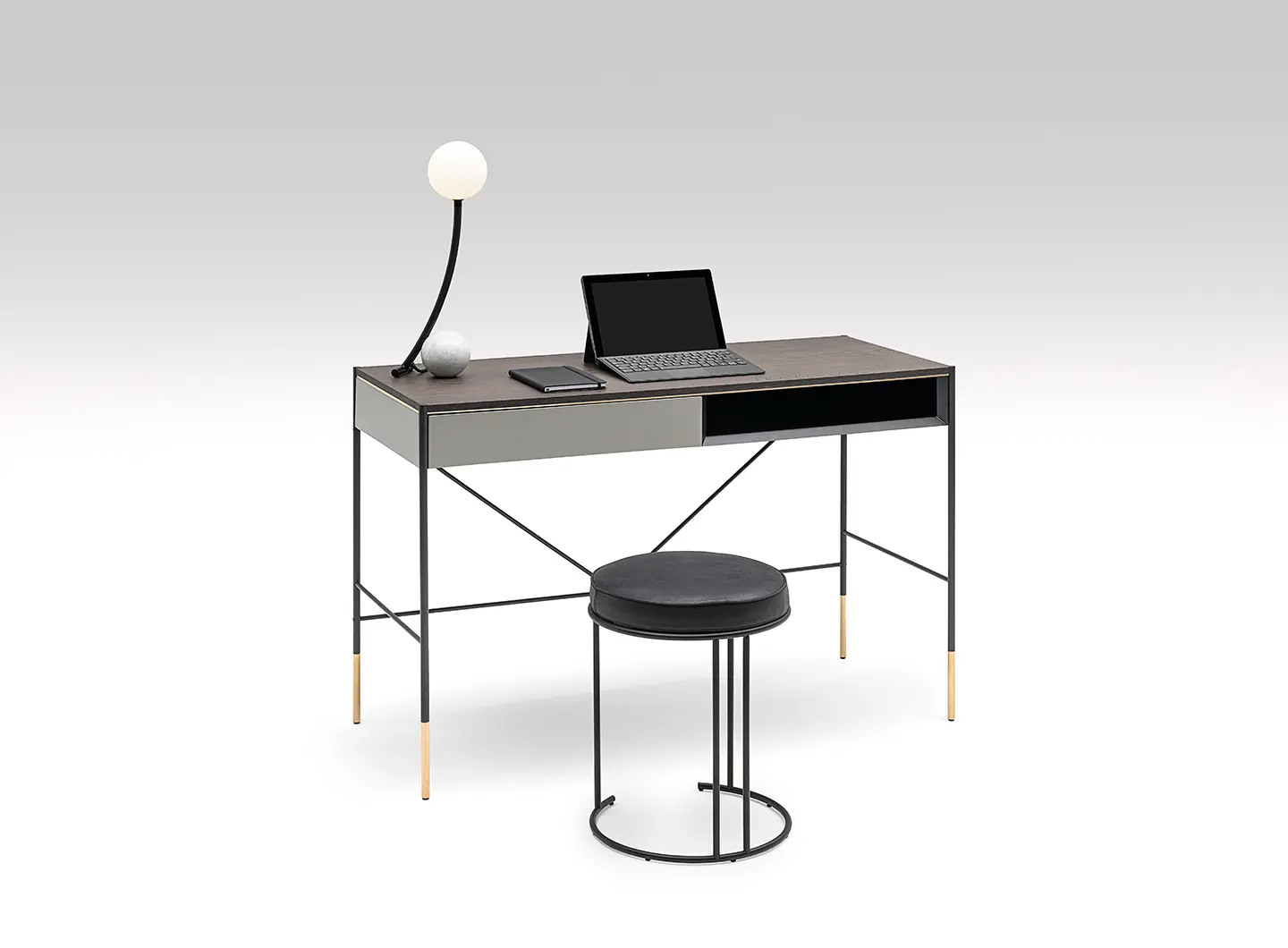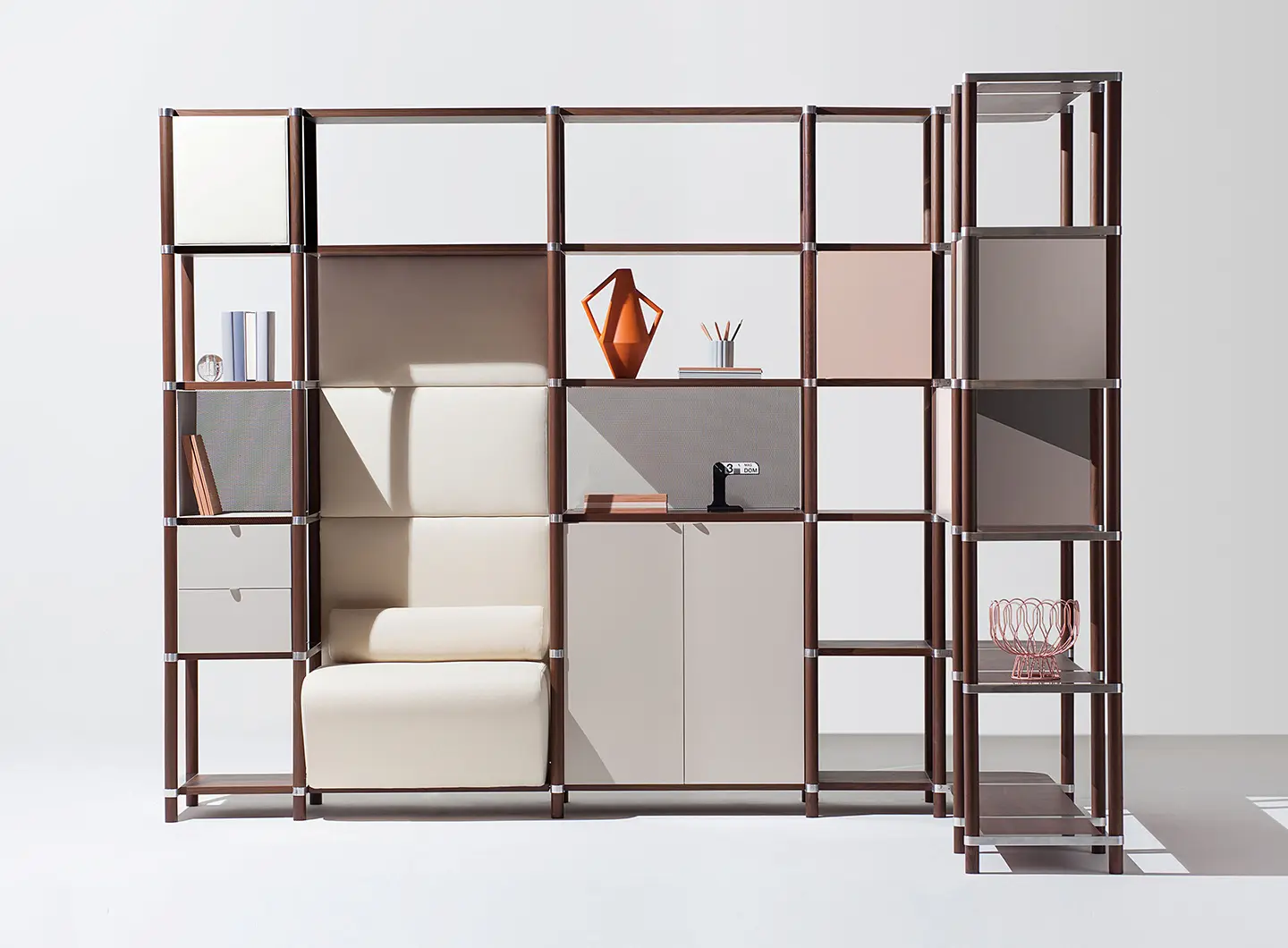From BIG to David Chipperfield, Frank Gehry to Snøhetta: a world tour of the best buildings set to open in 2026

Caimi Brevetti
A change of function for screens and dividers that don’t just protect our privacy but become design tools for social distancing.
The pandemic has wrought a radical change to our lifestyles. The fact that activities have been brought to a standstill hasn’t meant, however, that reflections on design or more specific thinking around how the sector should tackle the problem have slowed down. Business thinking has focused on matters such as the development of e-commerce, on one hand, and the study of hygiene procedures and easily sanitised materials (glass first and foremost – see Piero Lissoni’s structured internal door Spin collection for Glas Italia), on the other.

Sherazade Spin, design by Piero Lissoni, Glas Italia
Equally, ways of marking out spaces (screens and dividers) have seen a renaissance, as have ways of ensuring comfortable smart working (small desks, easily accommodated in bedrooms, and chairs that are a cross between office and domestic). Desks include the essential Era model by David Lopez Quincoces for Living Divani, Tucano, designed by Monica Förster for Zanotta, with a steel frame and shaped leather top, and the sophisticated solid wood MO Bridge Small Desk with woven strips conceived by Sinsaku Miyamoto for Ritzwell.

Era, design by David Lopez Quincoces, Living Divani
A large variety of screens have also been devised during this period, some hugely decorative and some more technical, as well as sound-absorbent (now much-needed, even outside workplaces, thanks to the recent forced domestic co-existence). Caimi Brevetti has always worked with this type of furniture, and has now come up with Sepa Rolls, designed by Sezgin Aksu, steel screens with Snowsound fabric, that can be juxtaposed and are equipped with wheels for easy movement. Philippe Nigro and Manerba are presenting the multifunctional Stem bookcase-divider system that can be fitted with padded elements to create individual phone booths. The back panels can be covered in a fabric of choice to ensure a good level of sound-absorption.

Stem System, design by Philippe Nigro, Manerba


 Stories
Stories








